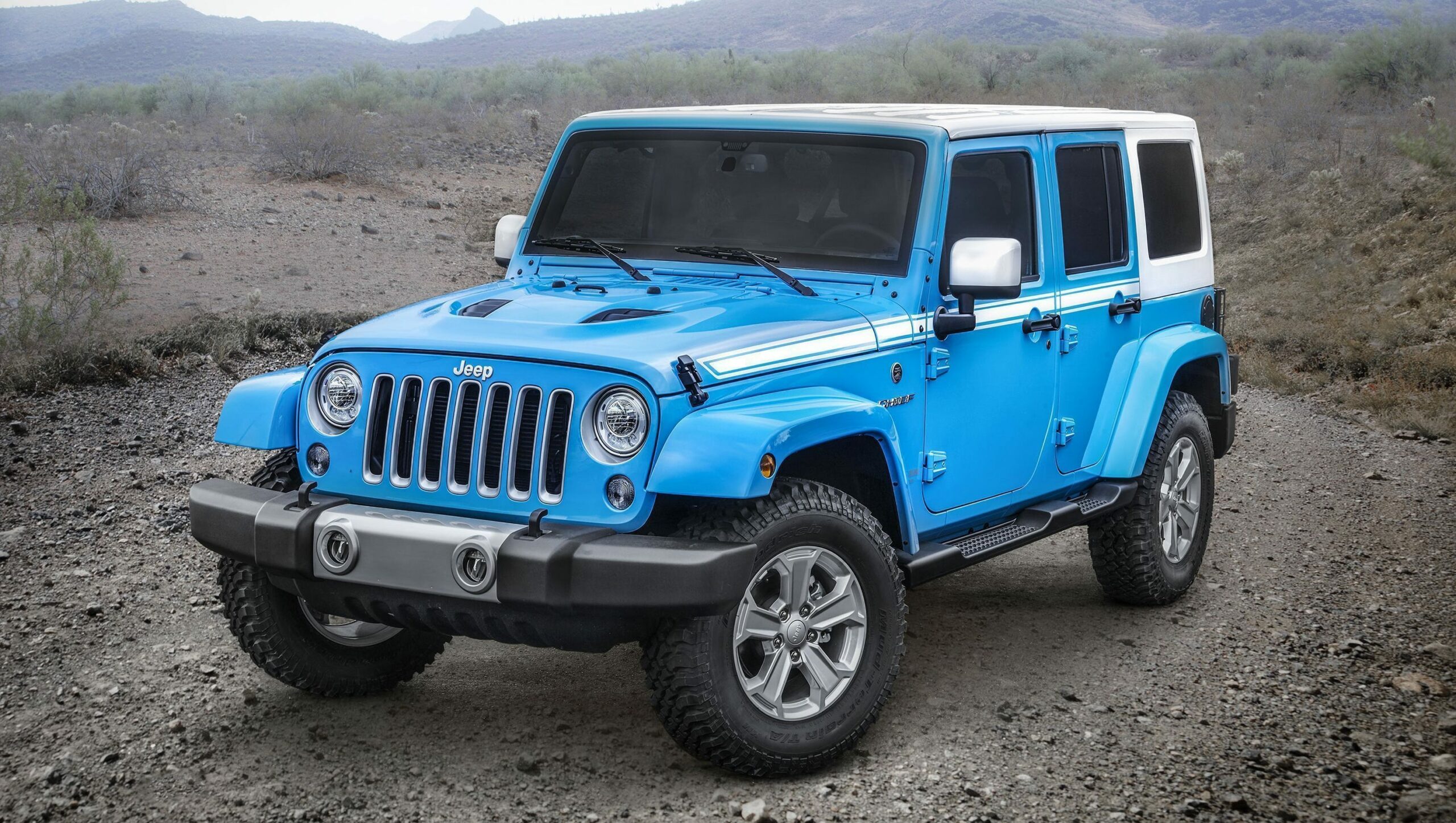When you hear the name “Jeep,” what comes to mind? Rugged adventures, off-road excursions, or maybe that iconic seven-slot grille that has become synonymous with American automotive culture? But here’s a playful question for you: are these beloved vehicles truly made in America? Or is it just a catchy slogan designed to tug at our patriotic strings? The examination of Jeep’s manufacturing origins poses a fascinating challenge as we navigate through the intricacies of modern globalization and the automotive supply chain.
First, let’s begin with a brief overview of the brand’s storied history. Jeep was born out of necessity during World War II, designed as a reliable military vehicle for the U.S. Army. Subsequent to the war, its ruggedness and versatility captured civilian hearts. However, as the automotive landscape evolved, so did the manufacturing processes behind Jeep vehicles. Today, they are manufactured by Stellantis, a corporation that emerged from the merger of Fiat Chrysler Automobiles and the French PSA Group. With such an emblematic history, it becomes compelling to delve into where today’s Jeeps are fabricated.
To tackle this question, we must investigate the geographic tapestry of Jeep’s assembly plants. The principal manufacturing facility for Jeep vehicles is located in Toledo, Ohio. This plant has been a linchpin for Jeep production since the 1940s, reinforcing the brand’s American roots. Yet, the plot thickens as we uncover the intricacies of Jeep’s global supply chain. While the Toledo plant is responsible for a significant portion of Jeep’s production, components are sourced from various suppliers around the globe. This raises an intriguing conundrum: if parts come from overseas, does it still merit the classification of being “made in America”?
The crux of the conversation lies in the definition of “American-made.” The United States Trade Commission (USITC) denotes that a product can be labeled as American-made if a substantial amount of the manufacturing—in labor and materials—occurs within the United States. Under this definition, a Jeep built in Toledo with parts that are predominantly sourced from American suppliers can securely stake its claim as an American-made vehicle. However, when components like electronics or certain auto parts are sourced from other countries, it blurs the lines just a tad bit, igniting spirited debates amongst auto enthusiasts and conscientious consumers alike.
Moreover, let’s not forget the visceral connection that many Americans harbor with their Jeeps. The allure of “Made in America” extends beyond simple economics; it signifies a sense of pride, a commitment to local craftsmanship, and an unwavering support for the American workforce. However, as global trade becomes increasingly prevalent, consumers are compelled to rethink their perception of what constitutes a local vehicle. With continual shifts in tariffs and trade agreements, the dynamics of cost-saving measures often prompt manufacturers to explore offshoring options. Thus, the notion of homegrown production is continuously challenged.
Another aspect worth exploring is the impact of globalization on consumer choice. If you have a penchant for distinctive off-road vehicles, why should it matter where your Jeep was produced? The essence of adventure resonates in every Jeep—whether it’s a Wrangler, Cherokee, or Gladiator—but should that thrill be overshadowed by questions of national origins? As the landscape of consumerism shifts, buyers increasingly prioritize features, reliability, and performance over geographical manufacturing footprints. In a world where connectivity reigns supreme, this shift makes sense.
Additionally, the Jeep brand is responsive to consumer sentiments. In recent years, Stellantis initiated projects to enhance domestic production and bolster Ohio’s manufacturing workforce. The rollout of the all-electric Jeep models and investments in advanced technology reflect a proactive shift towards remaining competitive while still honoring its roots. By focusing on sustainability and innovation, Jeep reassures consumers that they are making informed decisions while keeping an eye on their desired ecological footprints.
The question remains: does buying a Jeep equate to championing American manufacturing? The answer may not be simple, and opinions may differ widely. Some may feel a compelling connection to the blue-collar ethos of the Toledo assembly line, while others may weigh the importance of innovation and product performance more heavily. Jeopardizing national pride in the name of global efficiency poses another layer of complexity that consumers navigate daily.
In conclusion, the journey of determining whether Jeeps are truly made in America leads us through a labyrinth of manufacturing realities, consumer expectations, and evolving definitions of patriotism. It invites us to consider the heart and soul behind the vehicles we cherish, transcending beyond mere assembly lines or factory locations. Are Jeeps genuinely made in America? The answer reveals both the complexities of modern manufacturing and our own individual perspectives as consumers. So, the next time you climb into that rugged vehicle, consider this introspective challenge and revel in the adventures that await, irrespective of where it was born.
